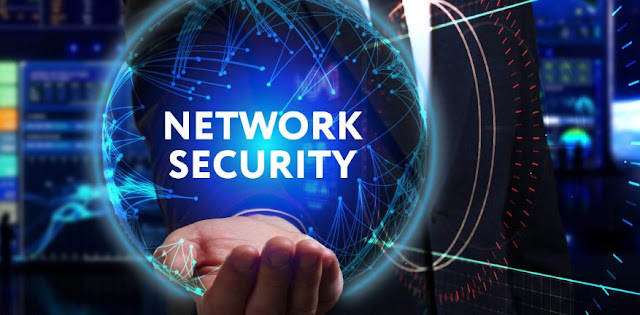A network is defined by the elements it connects, such as software, hardware, devices and cloud solutions. Any business today is not without its complex network infrastructure. To maintain credibility and security, it must have robust cybersecurity strategies to keep breaches, intrusions and other threats at bay. Studies define network security as hardware and software solutions and processes or rules and configurations relating to network use, accessibility, and overall threat protection.
Virus and antivirus software, access control, application security, network analytics, types of network-related security (endpoint, web, wireless), firewalls, and VPN encryption come under network security services.
●Firewall - Warding off incoming or outgoing unfriendly traffic or suspicious activity is essential for any network security. The best firewalls are those with predetermined security rules capable of blocking malware and other cyber attacks.
●Network Segmentation - Like a house has fences, walls, and security cameras, an extensive business network is divided into various perimeters based on common function, risk, or role. It establishes essential boundaries that prevent potential threats, ensuring complete data protection and privileged access.
●Remote Access VPN - A business generally has hosts or clients, such as telecommuters, mobile users, and extranet consumers interacting with its network. It must provide secure and remote access to ensure maximum productivity and upkeep brand reputation. This is done by carrying out multi-factor authentication, endpoint compliance scanning, and encryption of all transmitted data.
●Zero Trust Network Access (ZTNA) - Also called Software-designed solutions, it is characterized by granular access, which allows users only those permissions required to fulfil their roles.
●Email Security - It includes processes and services to safeguard email and its contents from potential cyber threats.
●Data Loss Prevention (DLP) - Businesses often end up sharing sensitive essential data unknowingly or with ill intent to cyber criminals on the other side of the interface. This cybersecurity methodology culminates technology and best industry practices to prevent the loss of personally identifiable information (PII) and compliance-related data such as HIPAA, SOX, PCI DSS, etc.
●Intrusion Prevention Systems (IPS) - Studies suggest that almost 93% of businesses are vulnerable to cybercriminal activities. IPS usually detects and tracks down weaknesses or possible vulnerabilities that cyber attackers can leverage to launch brute force attacks, ransomware, Denial of Service (DoS) attacks or other threats.
●Sandboxing - This methodology mimics end-user environments and opens files, networks and processes in an isolated space to detect threats. For instance, files such as PDF, Microsoft Word, Excel and PowerPoint can be safely detected and blocked before corrupting the entire system or organization.
●Hyperscale Network Security - As the technology landscape and digital adoption evolve, so do cybercriminals' attack styles and strategies. To prevent data loss or damage, businesses often scale up or scale down their cybersecurity infrastructure and processes according to their needs and challenges. This can be software-defined or use both software and hardware upgrades.
Take a free assessment to evaluate your cybersecurity levels. Get the best network security services from Cybalt, the leading cybersecurity company in the USA and protect your business assets and data.

Comments
Post a Comment